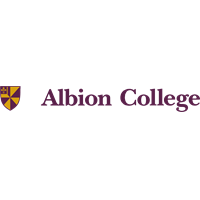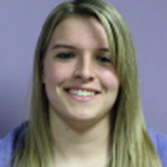Below is a summary of the abstract you submitted. Presenting author(s) is shown in bold.
If any changes need to be made, you can modify the abstract or change the authors.
You can also download a .docx version of this abstract.
If there are any problems, please email Dan at dar78@pitt.edu and he'll take care of them!
This abstract was last modified on April 11, 2017 at 1:24 p.m..

Bacteriophages, commonly known as phages, are viruses that infect bacteria, requiring a bacterial host in order to replicate their genomes and produce new virions. Due to the abundance of phages and their ability to kill bacteria, research of phage therapy, using phages for the treatment of infections by pathogenic bacteria, is ongoing. The purpose of this HHMI SEA-PHAGES sponsored project was to isolate and purify phages that infect Mycobacterium smegmatis, and then to extract, sequence, and annotate the genomes of two isolates. Environmental samples were collected from various sites in Albion, Michigan. Phage enrichment was performed before spot testing on M. smegmatis. Phages from spot test plaques were serially diluted to isolate individual phage which were grown to high titer for genomic DNA extraction. The DNA was sequenced through the SEA-PHAGES project. Our phages Tincidunsolum and Brownie5 were found to be members of the Siphoviridae family of double-stranded DNA viruses and are both in the B2 subcluster. The annotation portion of the project utilized a variety of bioinformatics tools, including DNA Master, Phamerator, Starterator, NCBI Blast, and HHPred, to evaluate the accuracy of automated gene annotations called by GeneMark and Glimmer. Modifications to the annotations included the deletion of erroneously called genes, a programmed frameshift, and adjustment of probable start sites. We used Aragorn and tRNA ScanSE 2.0 to check for tRNA and tmRNA genes, and none were found. These findings will aid in our understanding of phage biology, contributing in a broad sense to the development of phage therapy.


